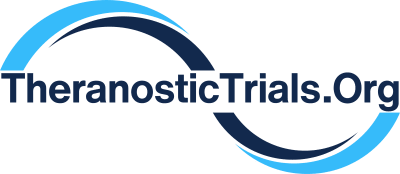Study Title
Application of FAPI and FDG PET Imaging in Patients With Different Types of Cancer
Study Details
Description:
Cancer associated fibroblasts (CAFs) can promote tumor cell proliferation, migration, invasion, and angiogenesis through immunosuppressive effects and the production of mediators, thereby promoting tumor growth and progression. The characteristic of CAFs is high expression of fibroblast activation protein (FAP). In approximately 90% of epithelial derived tumors, FAP is highly overexpressed on the membrane of CAFs. Contrary to CAFs, FAP expression is lower or absent in normal tissues. Therefore, FAP inhibitors (FAPI) targeting FAP can overcome the limitations of 18F-2-fluoro.2-deoxy-D-glucose fluorodeoxyglucose(18F-FDG) PET imaging. But like 18F-FDG, wound healing, fibrosis, and inflammation can also uptake FAPI.. Therefore, a comparison of the performance of 18F-FDG and 18F-FAPI PET imaging in diagnosing primary and metastatic lesions of various types of cancer is conducted to evaluate the potential value of these new radiopharmaceuticals as effective alternatives to 18F-FDG, highlighting their advantages and limitations.
Sponsor:
Daping Hospital and the Research Institute of Surgery of the Third Military Medical University
Contacts:
Xiao Chen, Ph.D (Principal Investigator)xiaochen229@foxmail.com
15922970174
Government Study Link:
NCT06284070 - Click here to see study onClinicalTrials.gov

